TECHNICAL HIGHLIGHTS
- Pure Class-A 100W at 8 ohm; Total 150W at 8 ohm / 600W at 2 ohm
- Real Balanced ACSS Non-Feedback Power Amplifiers
- Supports XLR and Audio-GD ACSS proprietary inputs
- “Linear Fidelity” design (patent pending)
- Soft Start Power Design
- 80 (!) output transistors per channel
Master 2H vs. Master 2A
Master 2H is a power amplifier which has a completely neutral sound characteristics. Both ACSS / XLR inputs produces neural sound.
Master 2A is a 100W pure class A amplifier , the pure class A design produces a warmer and smoother sound and is not completely neutral. Although the ACSS inputs of the Master 2A are more neutral compared to the sound of the XLR inputs which are warmer and smoother.
OFFSET DC FILTER
The mains should provide pure AC voltage of 230 volts, but that is not always the case, one problems with mains is the DC offset. The new built-in DC Blocker will filter and correct this up to a maximum of 1.2 Volt which is sufficient for the mon power amps. Buzzing of the transformers will be minimized.
INPUTS
- 1. XLR
- 2. ACSS (XLR 4-PIN )
OUTPUT
- Speaker Neutrik output IEC sockets.
“Linear Fidelity” technology
The Master 2A has special “Linear Fidelity” technology designed output stages . The output stages are designed without negative feedback but can keep the distortion very low and has an excellent ultra linear performance. On many power amp designs the output power determines the amount of distortion. Even when measuring a specific output power, the distortion level of the full frequency band already has a significant difference.
The blue line shows a frequency at 8 ohm 20W output of a well known power amplifier of round USD10k.
Different types of distortion also affect the sound. For example, if you are playing a piano, you can hear the difference between a brand A piano or a brand B piano due to the different distortion on the frequency band.
The more lifelike the rendering, so the better this distortion remains intact, the better you can perceive the differences between the A and B brands.
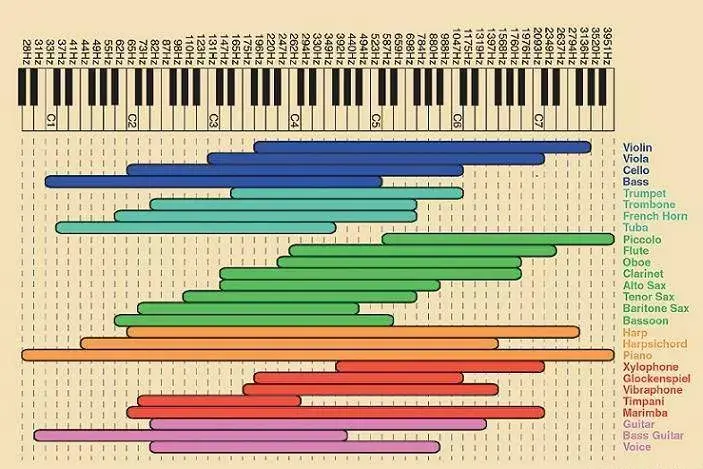
NON-FEEDBACK DESIGN
The applied negative feedback is done to reduce the distortion of an amplifier. A disadvantage of an amplifier with negative feedback is that it reduces distortion but also makes listening unpleasant. Also, the negative feedback power amplifier often has a good distortion result when measured with an ideal emulation load, but with real speakers, the electrical potential from the speaker through the feedback loop to the amplifier’s input stages can actually cause greater distortion.
The negative feedback power amp reduces the distortion, but the distortion increases as the output power increases, making the larger dynamic music sound loud and fire in your face while listening to the music.
Usually the non-negative feedback design has high distortion and is difficult to control, especially driver output stage operating under strong current condition. In our Master 2A design, the gain stages adopted ACSS technology, it is the design without negative feedback, but the original advantage of the very low distortion remains.
SPECIFICATIONS
| Improvement may result in changes in specifications anddesign without notice. |
S/N Ratio | >110DB |
| Gain | +26 DB |
| Output | >100W @ 8ohm Class-A
>150W @ 8ohm
>300W @ 4ohm
>600W @ 2ohm |
| Input sensitivity | 2.2V RMS @ XLR
2mA RMS @ ACSS |
| Input impedance | 94K ohm @ XLR
<10 ohm @ ACSS |
| Channels cross | Mono |
| Channels imbalance | < 0.01DB |
| Power Requirement | 1 Version 100-120V AC 50/60 Hz
2 Version 220-240V AC 50/60 Hz |
| Power Consumption | 600W static @230V |
| Transformer Power | 1800W (4 transformers) |
| Package Weight | Approximately 70KG |
| Dimensions | W(340) H(260) D(450). (Each channels) (MM, Fully aluminium ) |
| Accessories | Power cord X2 |
?unique=bcad5fe)
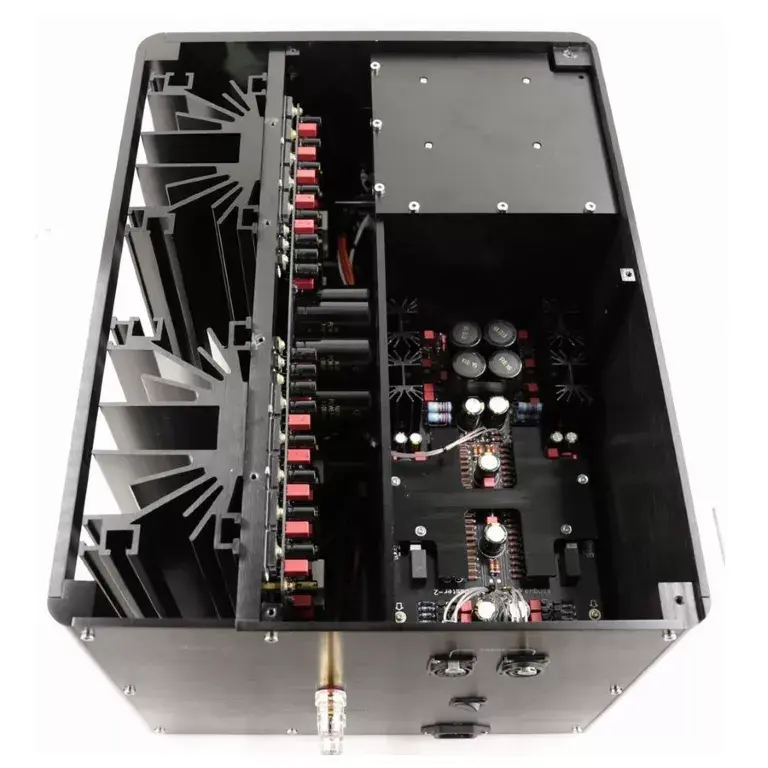
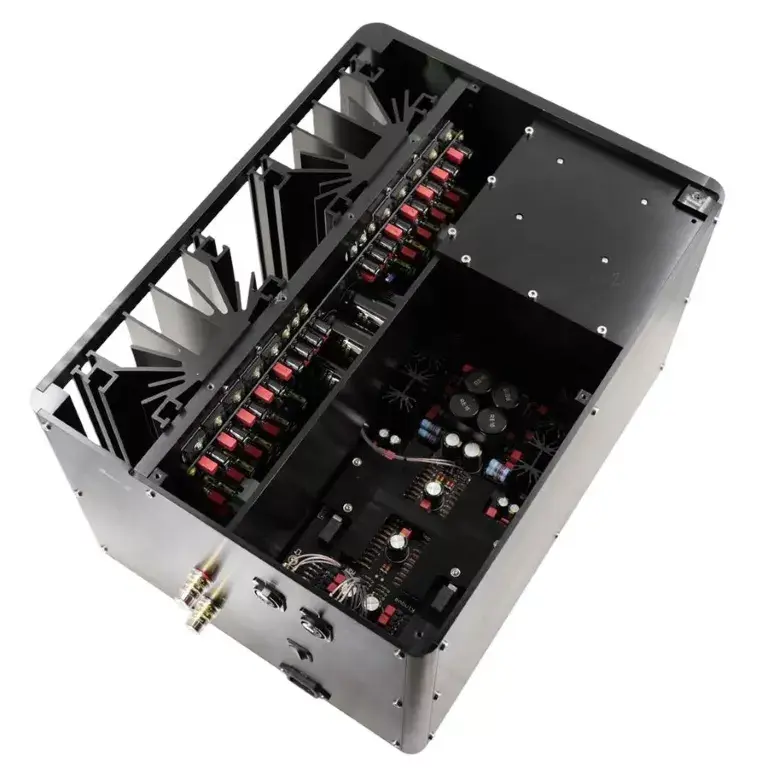
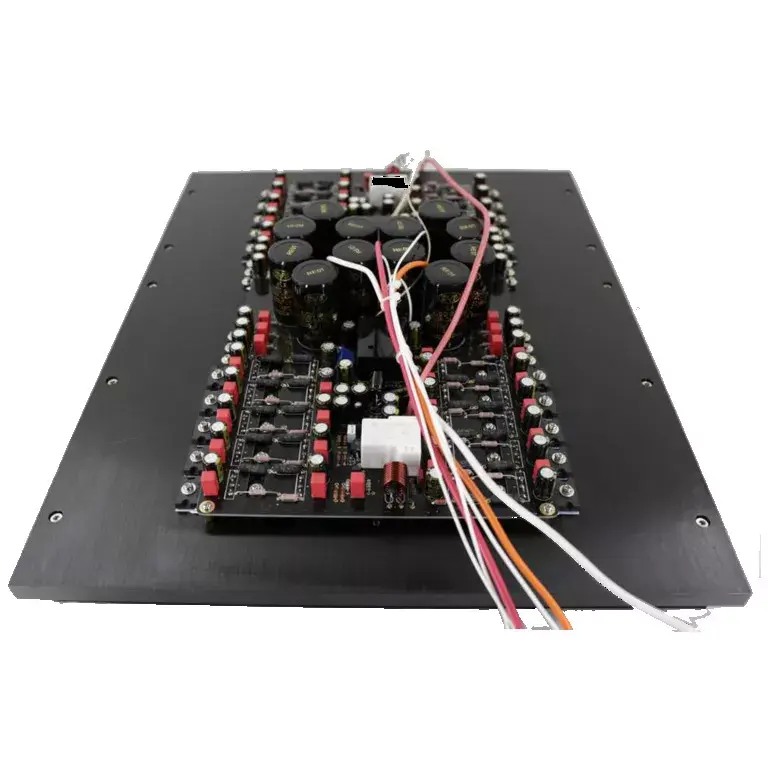
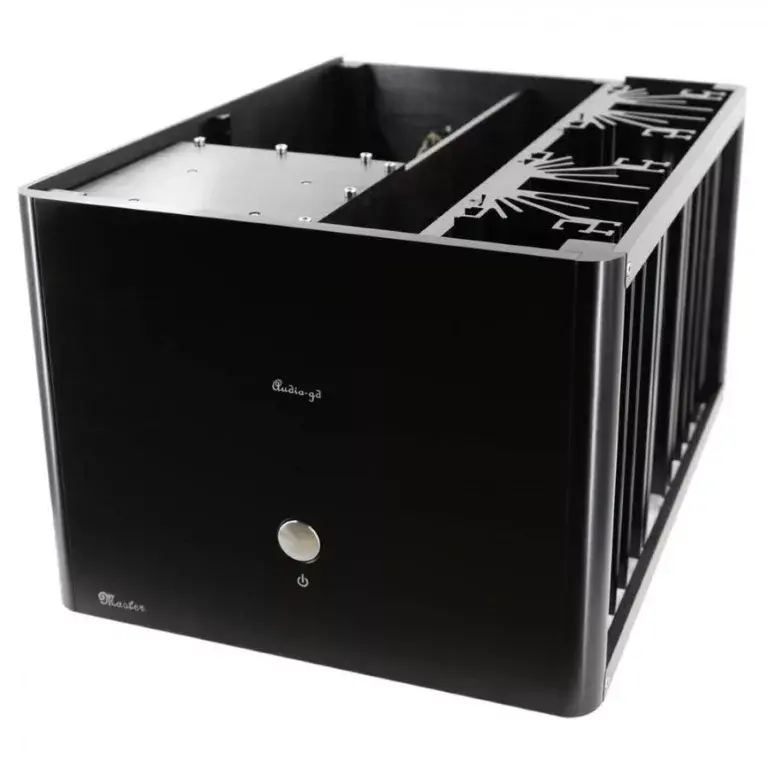
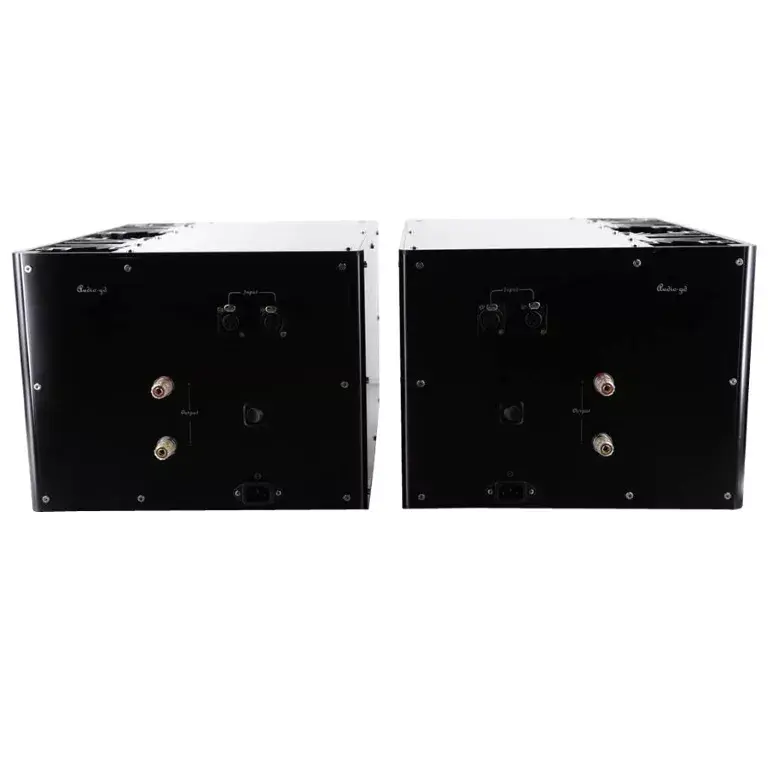
?unique=bcad5fe)






